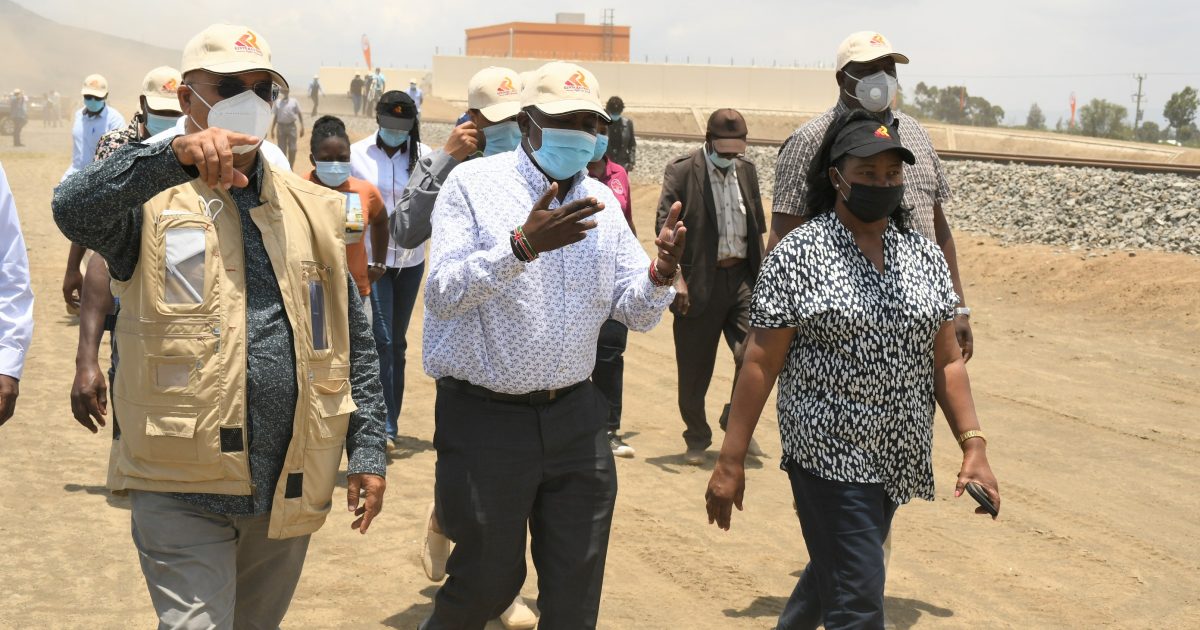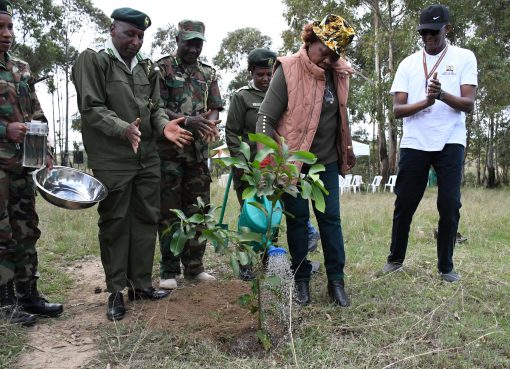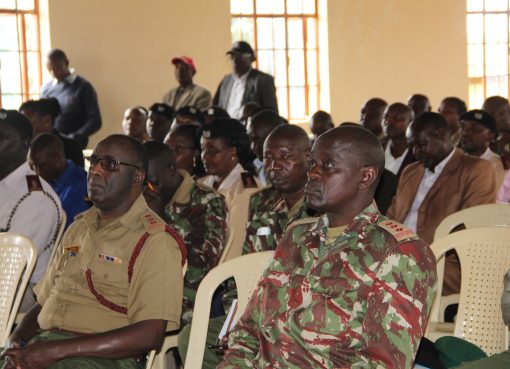The Kenya Rail Corporation (KRC) has announced the completion of rehabilitation works of the 24-kilometre old rail lines between Naivasha Inland Container Depot and the existing Longonot railway station at a total cost of Sh3.5 billion.

The corporation’s Managing Director Philip Mainga told a parliamentary committee that the rail link will allow for linkage between the Standard Gauge Railway (SGR) at the Naivasha Container Inland Depot to Longonot station through the Metre Gauge Railway (MGR).
Mainga said the linkage between the two lines will allow for seamless transportation of cargo across the country and to the East African region by rail.
The MD told the MPs that the SGR line from Mombasa to Naivasha Depot is 1.35 meters wide, while the old MGR is 1 meter and therefore it was necessary to connect the two gauges through an interchange.
He added that the corporation will immediately commence tests and trials on the rail line in preparation for its commissioning by President Kenyatta in November this year.
Mainga said the link between the SGR line and the MGR line at Longonot station will create two corridors one being from Kisumu through the Lake to Portbell in Uganda and through Malaba by rail.
The Director said that the railway has transported 4 million tonnes of cargo from the port of Mombasa, adding that the railway economy contributes 2 per cent to the country’s Gross Domestic Product (GDP).
MP Shakeel Shabbir hailed the project noting that the link between the two lines will facilitate efficient transportation of cargo and passengers to western Kenya and to the other EAC countries of Uganda, Rwanda, Burundi and DRC (Congo).
Another committee member, Joshua Kandie said the government investment in railway transport will in the long run stimulate the economy through efficient transportation of cargo and passengers.
The Planning and Finance Committee members of the National Assembly embarked on a three-day fact-finding mission of the railway system from Nairobi station, through Naivasha to the Kisumu rail station.
By Erastus Gichohi and Esther Mwangi





